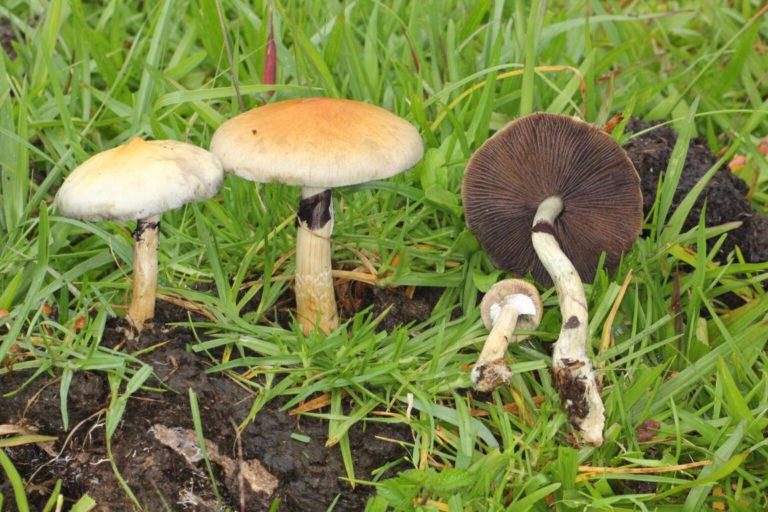Differences between Panaeolus Cyanescens (Hawaiian Copelandia) and Psilocybe Cubensis
List of contents
The ingestion of magic mushrooms has been a widespread practice throughout the world and at all times, being the center of rituals and worship in all kinds of cultures. The most used genus currently for psychonauts is Psilocybe, specifically the species Psilocybe Cubensis, from which the most famous and commercial varieties are derived (Mexican, Mckenna, Thai, etc.). But thanks to the great biodiversity that nature provides, it is easy to think that not only the Psilocybe are chosen for the arduous task of altering consciousness and ego. This alteration, which is caused by two compounds called Psilocybin and Psilocin, is present in various genera of endogenous mushrooms such as Conocybe, Gymnopilus, Inocybe and Panaeolus or Copelandia.
This post focuses on discovering the genus Panaeolus (Copelandia), specifically the species Panaeolus Cyanescens or Copelandia Hawaiian. For this reason we are going to compare it with Psilocybe Cubensis, the best known species around the world.
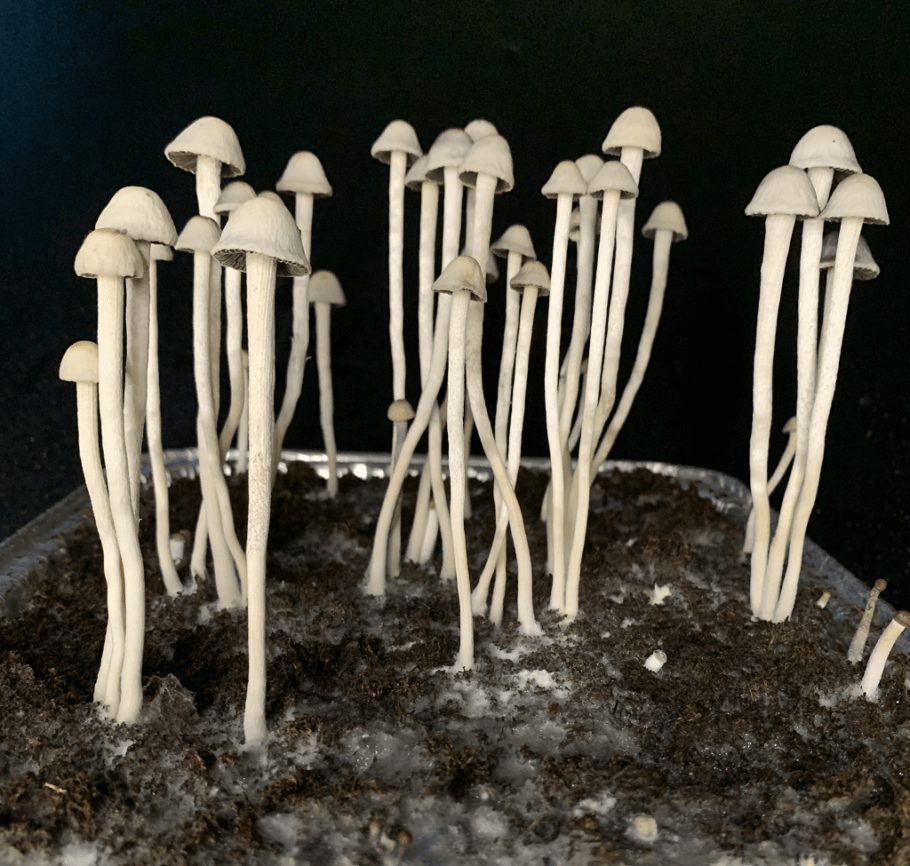
Botanical Differences between Copelandia Cyanescens and Psilocybe Cubensis
Before focusing on aspects such as morphological differences, the cultivation method or the differences in effect and amount of Psilocybin, we must understand what we mean by the names Panaeolus Cyanescens and Psilocybe Cubensis: The first name that appears, both Panaeolus and Psilocybe, refers to the genus to which they belong, while the later one (Cyanescens and Cubensis respectively) refers to the species. In fact, they come from two completely different families, within the Fungi kingdom. The Psilocybe are from the Hymenogastraceae family, whereas the Panaeolus Cyanescens is currently called Icertae Sedis. A term used when there is a lack of agreement and information between specialists. It had previously been classified as Bolbitaceae, Coprinaceae, and Psathyrellaceae. Therefore, it is concluded that, although they share certain attributes, in the animal kingdom it is as if we were talking about mammals and reptiles.
Another name by which the endogenous Panaeolus mushrooms are known is Copelandia, although there is controversy with its taxonomy. When talking about Copelandia, is a subgenus that separates psychoactive mushrooms within the Panaeolus. For this reason, you can find several nomenclatures, such as Copelandia Cyanescens or Panaeolus Cyanescens. Currently, they are used as synonyms, therefore, in this article the two terms, Panaeolus and Copelandia, will be used.
Within the genus Panaeolus there are between 162 and 172 species, of which about 15 have been discovered with a sufficient amount of psilocybin to be considered psychoactive. On the other hand, among the Psilocybe genus, 350 varieties have been discovered, and 116 that contain psilocybin. Within this range of species, Psilocybe Cubensis is the one with the most commercialized varieties, such as Cambodian, Kho Samui Classic or Mazapatec.
Thanks to advances in mycology, it has been possible to make genetic crosses to create new varieties such as: Yeti, B+ or Golden Teacher. Among Panaeolus Cyanescens you can find fewer varieties and with less genetic work, such as the Hawaiian or the Jamaican. At the moment we have the Copelandia Hawaiian variety for sale, a very interesting variety. Originally from Asia, they arrived in the Hawaiian archipelago with the importation of cattle from the Philippines. There, in Hawaii, is where its consumption became popular.
Morphological and growing differences between Panaeolus Cyanescens and Psilocybe Cubensis
The morphology is not far from each other at first glance. Their most conspicuous and notable distinctions are in size, with Panaeolus being smaller and finer than Psilocybe. It can be seen reflected in the difference in the feet, for example, since they are smaller and longer, and in the hats that are 3 centimeters maximum. The fragility of these hallucinogenic mushrooms makes them turn bluish at the slightest impact due to the degradation of Psilocybin, a fact for which they are called ?blue meanies?.
One of the key points by which Psilocybe Cubensis dominate the commercial hallucinogenic mushrooms is production in cultivation. The final production of Psilocybe Cubensis is higher than that of Copelandia Cyanescens, since many specimens will appear in the second, but of reduced size. This can be given by the genetic improvement in the Psilocybe with respect to the Copelandia, or just that it is a more productive variety.
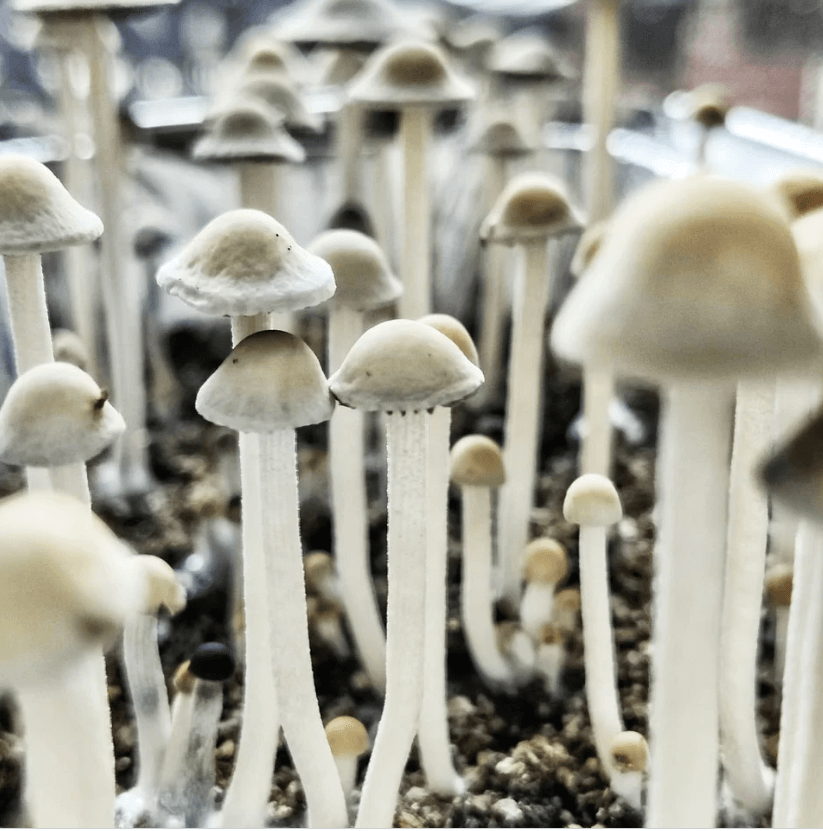
The medium where these species usually grow is very similar to each other. They have similar growing conditions that include manured pastures and wooded fields with many trees already in a state of decay. They can also be found in fields where there has previously been agricultural movement. As a difference between the two species, Copelandia Cyanescens seems to prefer (or need) manure more than Psilocybe Cubensis. For this reason, magic mushrooms grow kits contain manure in addition to the mycelium bread.
Differences in effects between Copelandia Cyanescens and Psilocybe Cubensis
It is at this point that the clearest differences between the two species of hallucinogenic mushrooms are found. The amount of Psilocybin in the Psilocybe is more or less clear, while with Copelandia it is not. According to studies carried out so far, the Copelandia Cyanescens variety contains up to four times more psilocybin and psilocin than Psilocybe, making these the most powerful currently on the market.
What is Psilocybin and what are its effects?
After decades of neglect, psilocybin is nowadays the subject of dozens of studies and clinical trials all over the world, showing especially promising results in the treatment of conditions like depression or anxiety. In addition to its well-known properties in recreational or spiritual contexts, the news regarding its possible medicinal properties further adds to the interest to this compound.
This title is not earned just like that, it is given by the pertinent analyzes where 2.5% psilocybin and 1.94% psilocin stand out. They are very high percentages taking the Psilocybe Cubensis as a reference (between 0.39 and 0.66% of psilocybin and between 0.75 and 1.96% of psilocin). Although the doses of Psilocybe seem very low in comparison, it still generates a very intense trip. For this reason the dose of Copelandia is usually 3 or 4 times lower.
It is always advisable to start with small amounts and gradually increase the dose as you gain confidence with the substance. One point in favor of the Copelandia Hawaiian is that, according to consumers, if the right dose is found, the trips will be much more stable, without so many ups and downs. Also, and thanks to the small morphology of the Panaeolus, the forceful taste (and unpleasant for many) that Psilocybes usually have is significantly reduced.
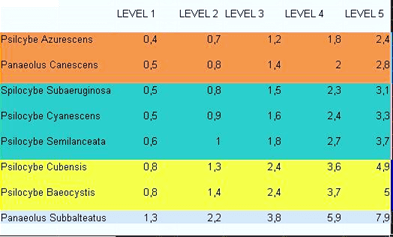
Conclusions
Although they are two different species, Panaeolus Cyanescens and Psilocybe Cubensis have few relevant differences for the homegrower and/or consumer. The notable differences (apart, obviously from the botanical ones since they are two different species that come from different families) are found in the morphology of the mushroom and in the amount of psilocybin and psilocin, therefore, in their effect.
Psilocybe Cubensis is a better variety for the first-time homegrower for a number of reasons. The first and most relevant is greater access to information on morphology, genetics, cultivation, etc. To find information about Copelandia requires a laborious search in forums or pages specialized in magic mushrooms or botany.
Related to the previous point, another reason why Psilocybe Cubensis is an easier species of hallucinogenic mushrooms to grow for an uninitiated person is the ease of finding a greater genetic variation in the conventional market.
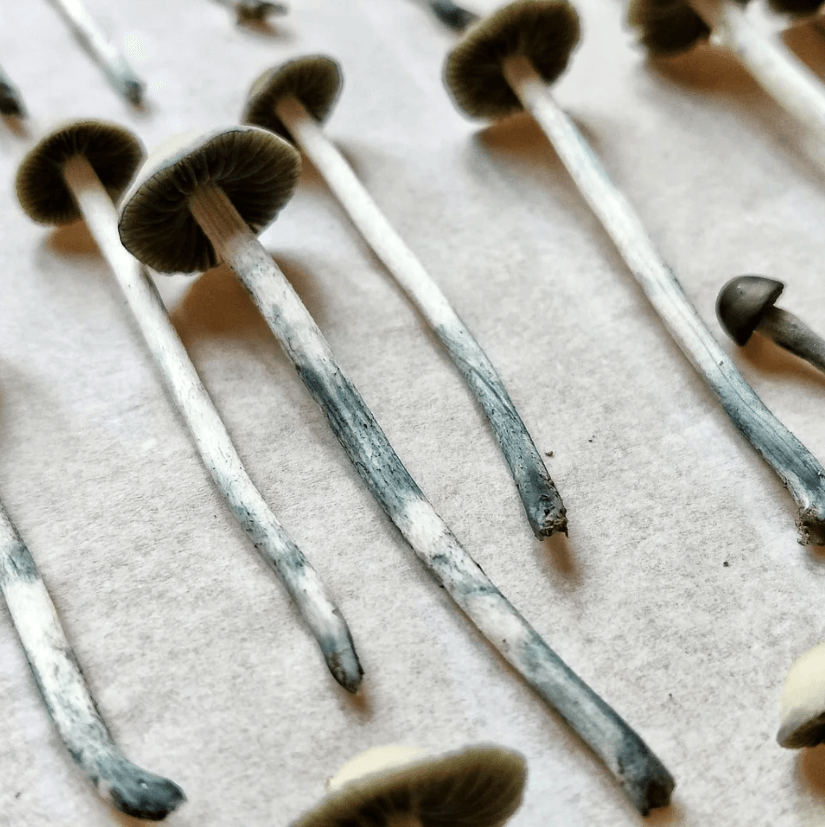
Regarding the intake of magic mushrooms, Copelandia may be a better option. This is due to the fact that it is a species with smaller specimens, therefore it dries faster and has a much less powerful taste. It also affects that Panaeolus Cyanescens contains a greater amount of psilocybin and psilocin, so fewer of these are needed.
After analyzing the two species separately and looking for similarities and differences, it has been concluded that they are not very different from each other, but there are certain properties that make Psilocybe Cubensis a better species for beginners or hobbyists.

















































